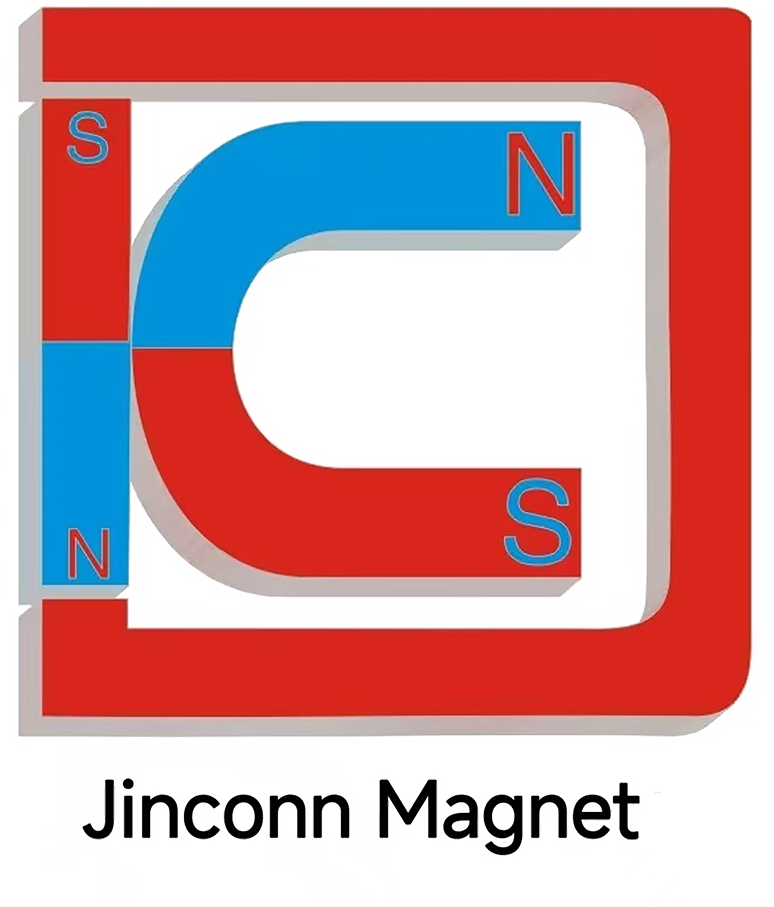Steps for Magnetic Finite Element Simulation Analysis
Finite element simulation is essential for accurately predicting the behavior of rare earth magnets in engineering projects. To begin, engineers develop a detailed geometric model of the system, including neodymium magnets, to be analyzed. The next step is assigning precise material properties for high performance magnets, which helps ensure realistic results. Boundary conditions and current or voltage sources are then set up, followed by mesh generation, which is critical for accurate simulation. After these preparations, the finite element solver computes the magnetic field, force, and distribution across the system. Results are analyzed to evaluate how the rare earth magnet will perform under various working conditions. This method is particularly valuable for optimizing the shape, orientation, and size of neodymium magnets, leading to enhanced high performance in products. The finite element approach supports design innovation and helps industries achieve reliable, cost-effective solutions with rare earth magnets.
rare earth magnet, high performance, neodymium magnet, finite element analysis, simulation steps, magnetic modeling, mesh generation, field solver, engineering simulation, magnetic properties, optimized magnet, simulation accuracy, reliable results, material assignment, product design, magnet application, advanced technology, technical innovation, high efficiency, neodymium analysis, custom magnet, industry solution, electronics magnet, automotive magnet, magnetic field, product optimization, cost reduction, magnet research, prototype testing, simulation workflow, 3D magnet model, boundary condition, solver software, engineering tool, simulation results, manufacturing, product efficiency, design innovation, system modeling, technical solution, research and development




Jinconn WeChat









